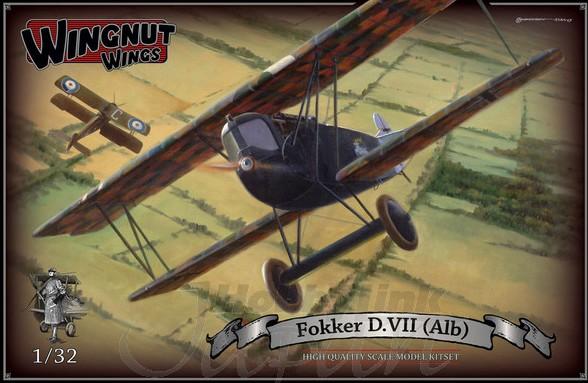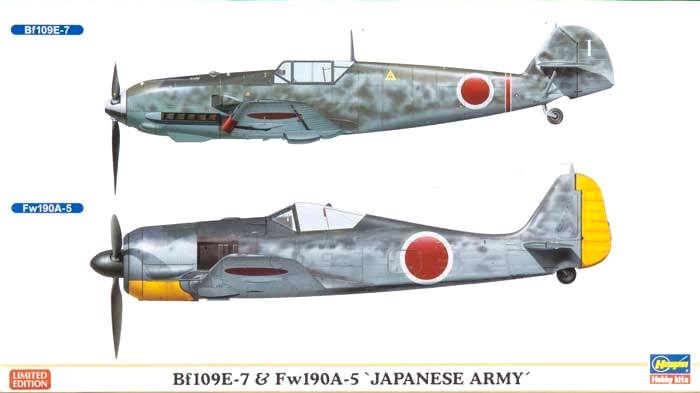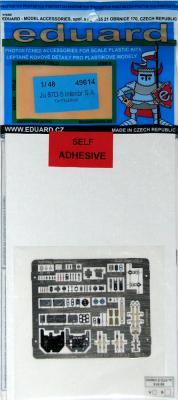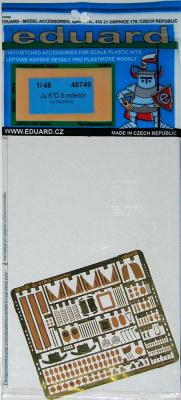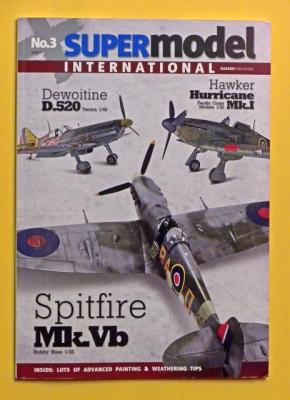Background
Arguably Germany’s premier fighter of World War I, the Fokker D.VII quickly won acceptance by its adoptive aircrews as it began to enter service in the summer of 1918. A well-balanced and stable gun platform with exceptional maneuverability and reliability, the D.VII demonstrated significant performance improvement over prior German types, including its famed older brother, the Fokker Dr.1 triplane.
In order to meet wartime demand, Fokker licensed production of the D.VII to Albatross. Albatross cranked out the D.VII at its Johannisthal (Alb) and Schneidemühl Ostdeutsche Albatros Werke (OAW) facilities. Multiple models were manufactured, incorporating running changes and three distinct powerplants – two of Mercedes origin and one from BMW.
By war’s end 2,800 D.VII’s had rolled off of the production lines.











